Campervanning in Europe: what you need to know
A campervan road trip across Europe is a thrilling adventure, promising unforgettable experiences
But whether you're planning a leisurely drive through the French countryside, navigating bustling city streets in Italy or slowly winding your way around Scandinavia, it's essential to be well-prepared.
No matter if it’s a weekend break or a six-week expedition, you will need to plan where you want to go on your European campervan holiday and pack accordingly.
This comprehensive guide covers everything you need to know for a smooth and enjoyable journey, from the essential documents and equipment you will need to driving tips.
Page contents
- Getting prepared for your trip
- Planning out your route
- Driving a campervan in Europe
- How long can I stay in the EU?
- Taking your pet to Europe
- FAQs
- Final thoughts
- About our magazines
Words by Iain Duff
Getting prepared for your trip
Plan your trip
Before hitting the road, make sure you carry out a thorough check of your campervan’s roadworthiness. Make sure scheduled vehicle and habitation services are up to date and if your MoT is due, get it done before your trip. Remember that being UK road legal is compulsory for European travel.
There are many very good campsites across Europe. But if you prefer unplanned wandering, take advantage of the ready availability of aires for nightly stopovers in many European countries.
Aires (stellplätze in Germany and sostas in Italy) are low cost or even free stopovers for one or two nights, with water and dump stations and sometimes electric hook-ups, toilet and shower facilities.
Aires operate on a first come, first served basis, so it’s best to sort out your chosen stop earlier rather than later if you particularly want to park at that location, especially in the peak holiday season and at popular destinations.
Facilities will vary enormously, both in extent and quality, and this is where an up-to-date guide helps. While many aires will be free, often water needs to be paid for, sometimes using coins and other times by use of tokens which have to be bought at a nearby shop or café. Bear in mind, many have no toilets or showers at all, so you will need to have your own on-board facilities or look for local public toilets.
Many aires can be found in or near villages and the idea is that visitors will benefit the community by spending money in the local shops.
These aires are not to be confused with aires de service which, in France, are the motorway service stations. Don't be tempted to stop overnight at one of these, as they have a reputation for night-time break-ins.
For longer stays, you need a proper campsite. Europe has thousands of quality sites, with all the facilities you would expect. In summer, book in advance to ensure you get a good pitch, especially in popular areas.
Bring your travel documents
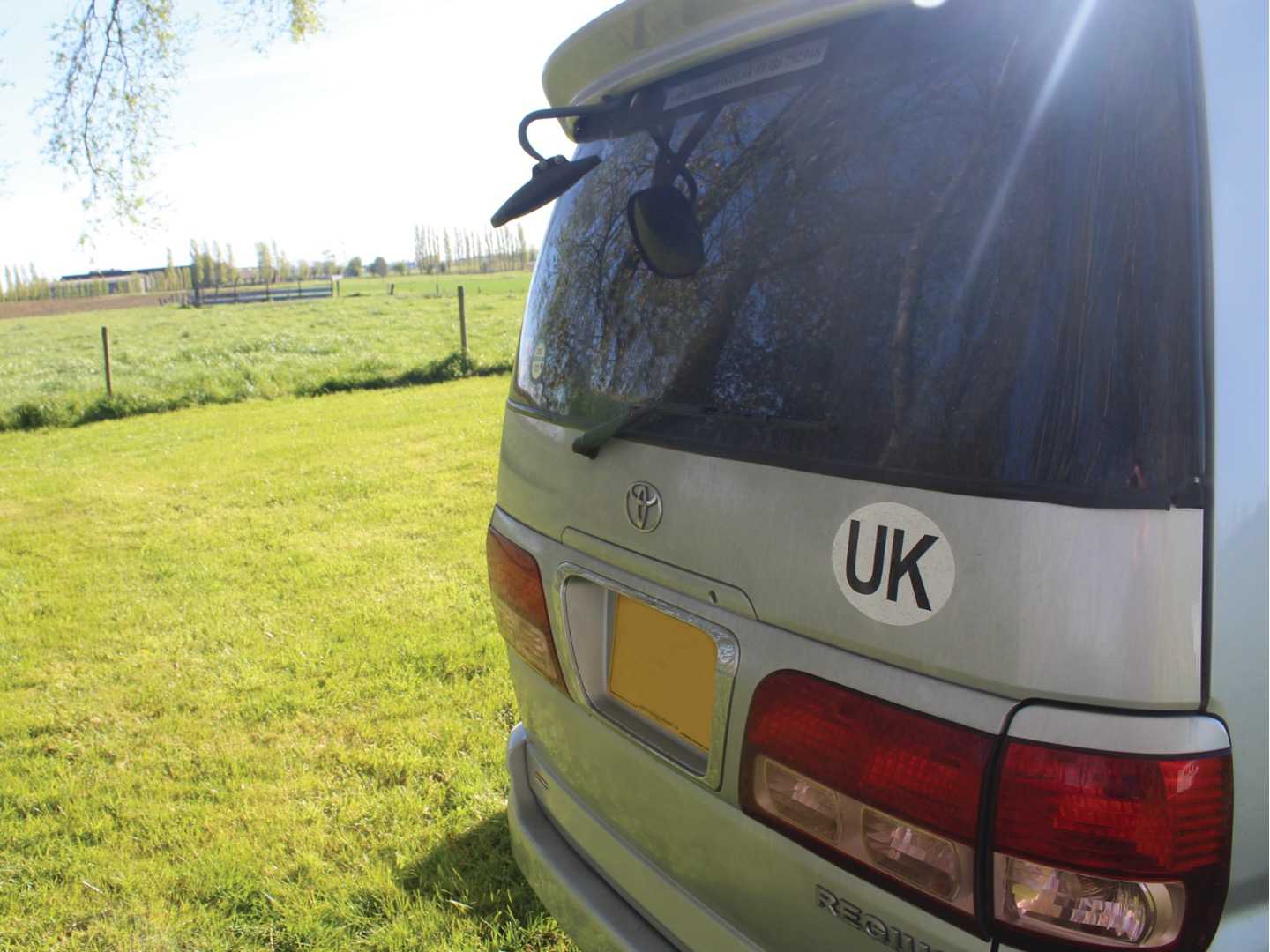
(Photo by Iain Duff)
Before setting off, ensure you have essential documents like a valid passport, your driving licence, V5C certificate, MoT certificate and European vehicle insurance. If your number plates don't have a UK identifier with the Union Flag, you will need a UK sticker displayed on your campervan. Your passport is a fundamental document for international travel. Ensure it's valid, has sufficient validity for your entire trip, and keep it easily accessible.
Ensure that your driving licence is not only valid in your home country but also accepted in the European country you plan to visit. Despite post-Brexit speculation, an international driving licence is not needed for EU travel if you have a photocard driving licence issued in the UK.
It's essential to carry documents proving that your vehicle is insured. Familiarise yourself with the specific insurance requirements of the country you're visiting, as they may vary.
Certain countries outside of the EU will require you to have an insurance green card. This is needed if you are involved in an accident and you may need to show it along with other documents at police checks and border crossings.
An EHIC (European Health Insurance Card) within its expiry date is still valid in Europe. If you don’t have one, apply for a UK Global Health Insurance Card (GHIC) which gives you the right to access state-provided healthcare during a temporary stay in the European Union, the same as an EHIC.
You can apply for a GHIC on the nhs.uk website. It’s worth noting that you may still be liable for the cost of medication and other health facilities, so ensure you have proper travel insurance. Check your insurance covers the length of stay and countries you are going to visit.
While not mandatory, taking out travel insurance is highly recommended. As well as medical emergencies, it can provide coverage for unexpected events such as trip cancellations or lost belongings.
Insurance and breakdown cover
Most motor insurance policies will automatically cover you for European travel. However, some standard overseas coverage is the equivalent of third party in the UK and so insurance companies offer a separate, more comprehensive policy for European travel.
European vehicle breakdown insurance is essential to avoid major disruption to your holiday should a breakdown occur. Some campervan insurers include European breakdown cover or offer it as an optional extra. Cover can also be bought from the AA or RAC specifically for the time you are away. Keep the policy number and relevant documents easily accessible.
Always check the cover includes breakdowns on the campsite and that there’s no restriction on the weight or length of the unit.
Planning out your route
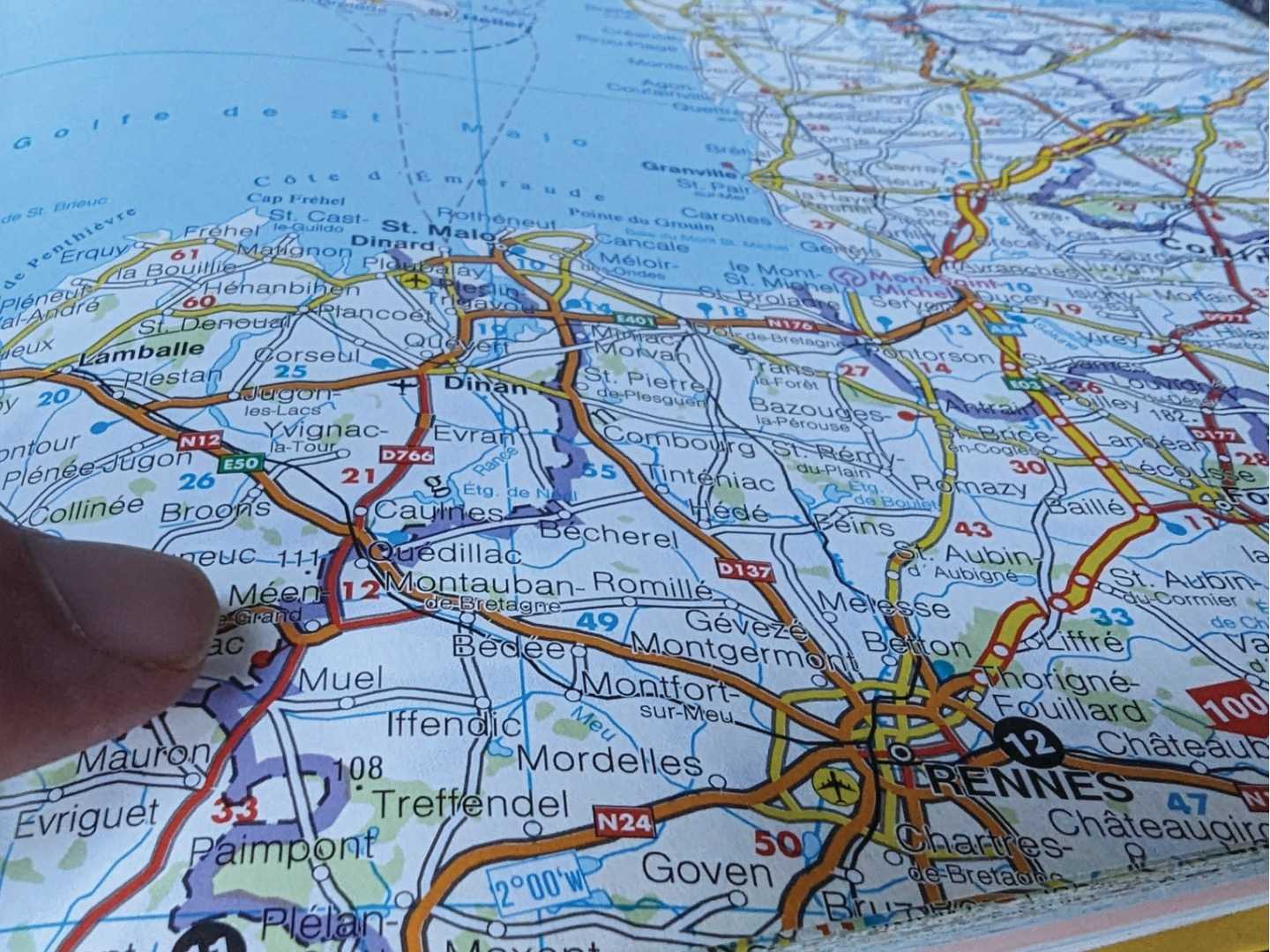
(Photo by Iain Duff)
One of the things we love most about the campervan lifestyle is the freedom it gives you to head out on the road and go wherever the mood takes you. However, if you’re planning a longer trip you might want to consider planning your journey in advance.
You don’t need to plot the precise route in detail, but at least have a rough idea of where you want to visit and when you want to be there – that will let you work out the best way to get there, taking into the consideration the amount of time you’ve got.
A good paper map or road atlas can be a valuable companion alongside digital navigation tools. Michelin provides some excellent national and regional European maps and guides with further online assistance.
For visiting France, Belgium and Germany, the most direct route for crossing to the Continent is via the Channel. This means taking the tunnel or a ferry. They both run regularly day and night but the benefit of the tunnel is its speed – just 35 minutes compared to the Dover to Calais ferry’s crossing time of an hour and a half.
Dover to Calais is still the most popular ferry crossing, but for journeys to Normandy and Brittany, ferries into France’s northern ports (Le Havre, Caen, Cherburg, St Malo and Roscoff) are recommended. The travel time is longer and they can be more expensive but they save huge amounts of time and fuel driving from Calais.
Ferries sail from UK ports (Poole, Portsmouth and Plymouth) to northern Spain (Santander and Bilbao). The Netherlands is also served from England’s eastern terminals (Hull, Harwich and Newcastle). From the Dutch ports you can easily travel on to Germany, Scandinavia and the other northern European countries. Ferries also have rules on carrying gas, but check terms and conditions on individual ferry websites.
Toll roads in Europe
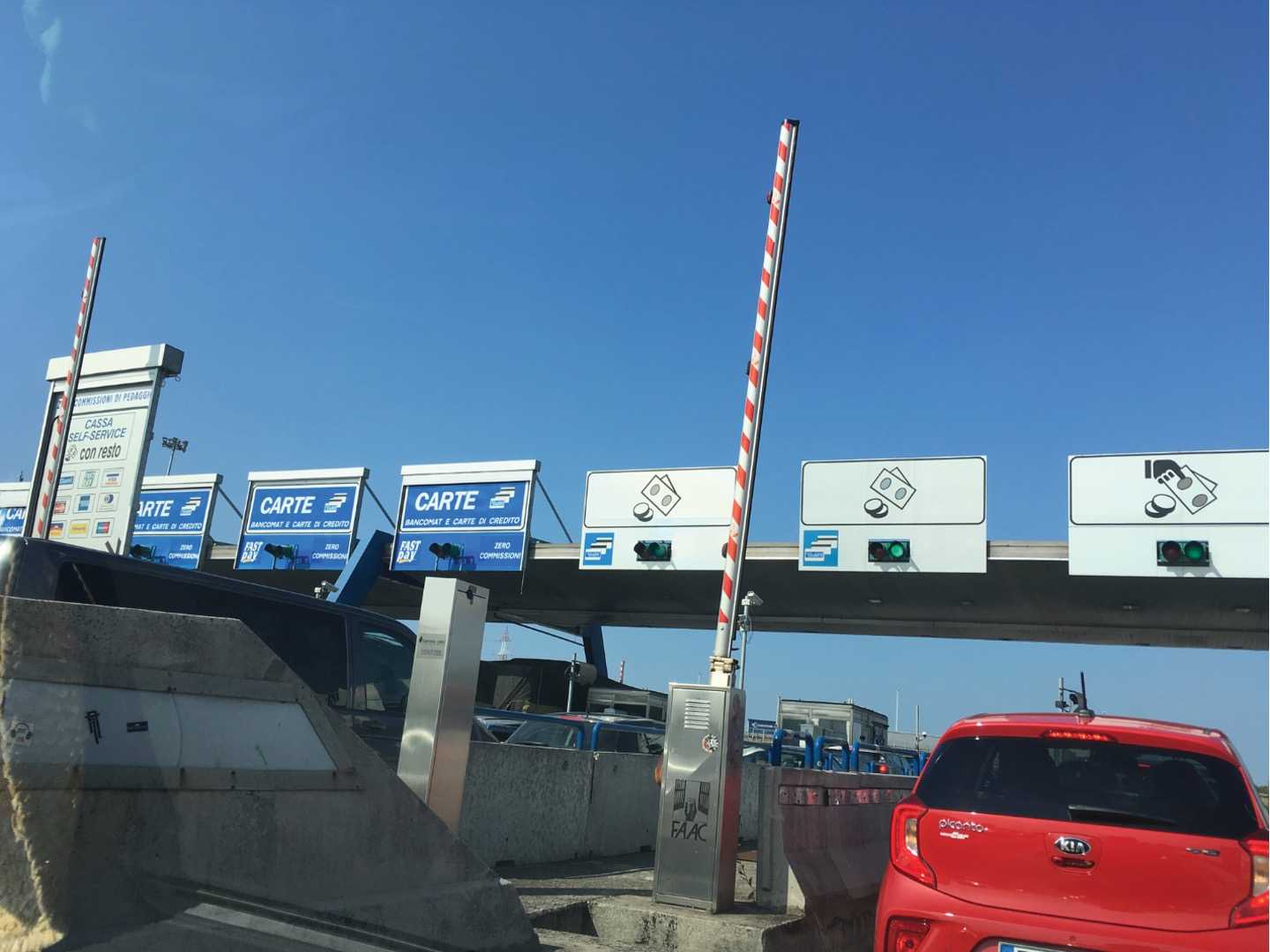
(Photo by Iain Duff)
When planning your route, check where any tolls are, so you don’t get any nasty surprises. Many European motorways are funded by tolls, which are often expensive and will vary according to the class of your vehicle.
Do be wary of the payment booths at the start and end of the motorways – they are on the wrong side for right-hand-drive vehicles, so it’s tricky to line up correctly to take the ticket or pay the toll without your passenger needing to lean precariously out of the window. And if you are travelling alone, you’ll have to get out and walk round to the machine.
In most cases toll booths offer a selection of payment by cash, debit or credit card or automatic electronic tags, which need to be obtained before travelling. For general information see tolls.eu
For countries like Switzerland and Austria you need a special motorway pass (vignette), which can be bought online in advance or at the border.
Environmental zones
If you are planning to enter major cities and towns, it’s worth checking on the environmental restrictions operating in that country before departing from the UK. There are many schemes across Europe which restrict vehicular access into urban areas. In most cases you need to apply for a windscreen sticker which will indicate your environmental rating and entitlement to enter (or not) specific areas.
Germany has its Umwelt stickers and in France it’s Crit’Air stickers, but most major countries have their own equivalent. See urbanaccessregulations.eu for further information.
Normally the stickers can be bought online but always make sure you buy from official sources as there are third party sellers who may sell you a genuine sticker, but at much inflated prices.
Driving a campervan in Europe
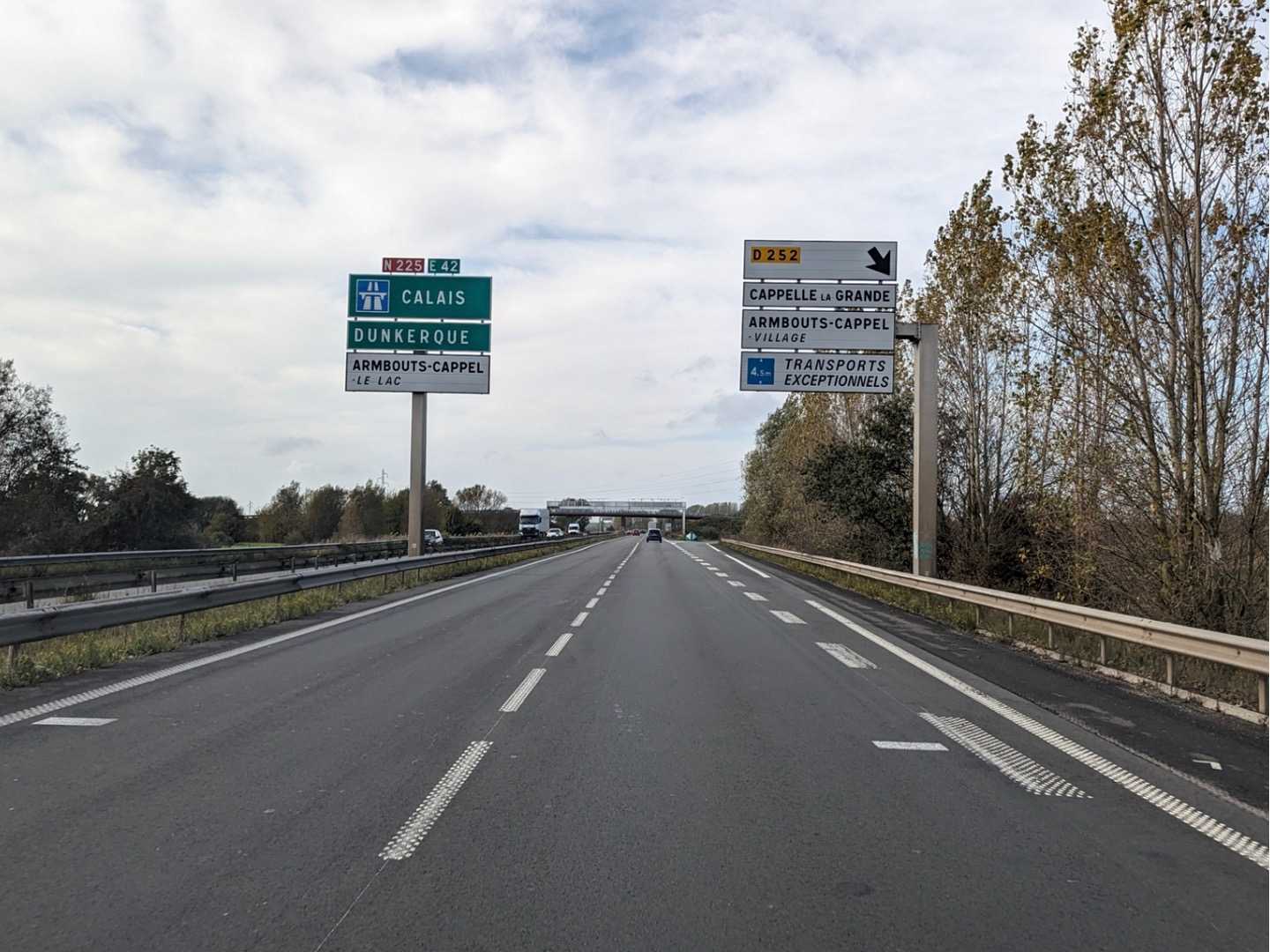
(Photo by Iain Duff)
The most obvious difference between driving in the UK and on the Continent is that the vast majority of European countries drive on the right-hand side of the road.
As daunting as it might seem at first, you should find you will adapt to driving on the right-hand side of the road surprisingly quickly. The continental roads, and especially the motorways, tend to be quieter than at home, giving you a chance to think carefully before you manoeuvre.
Roundabouts are often the trickiest thing to adjust to – remember they go in an anticlockwise direction – but also exercise caution when overtaking in a right-hand drive campervan.
Speed restrictions
Speed limits vary across Europe so check in advance what the rules are and keep a close eye on the speed limit signs.
Roughly speaking, 50kph is about 30mph. 80kph is about 50mph. 120kph is about 75mph. Generally speaking, the speed limit on motorways is 120 to 130kph, on rural roads the limit is between 80 and 90kph, and 50kph on urban roads. However, check before you go.
It's also worth knowing that some speed limits in Europe vary in inclement weather, too. Although there is some confusion post-Brexit, assume that if you commit a vehicle offence like speeding or illegal parking, the police will pursue any fine and licence endorsement through the British courts and police, as before.
Speed camera detectors are banned in France and other European countries so make sure you disable the feature if you have it.
Fuel
The three common vehicle fuels – petrol, diesel and LPG – are available throughout Europe. On the motorways, most fuel stations are open 24 hours but in cities and towns they may close at around 8pm and on Sundays some may not open at all. Fuel prices vary across Europe. According to the RAC, the Netherlands is the most expensive country for unleaded (£1.70 per litre) and for diesel it's Sweden (£1.79).
How long can I stay in the EU?
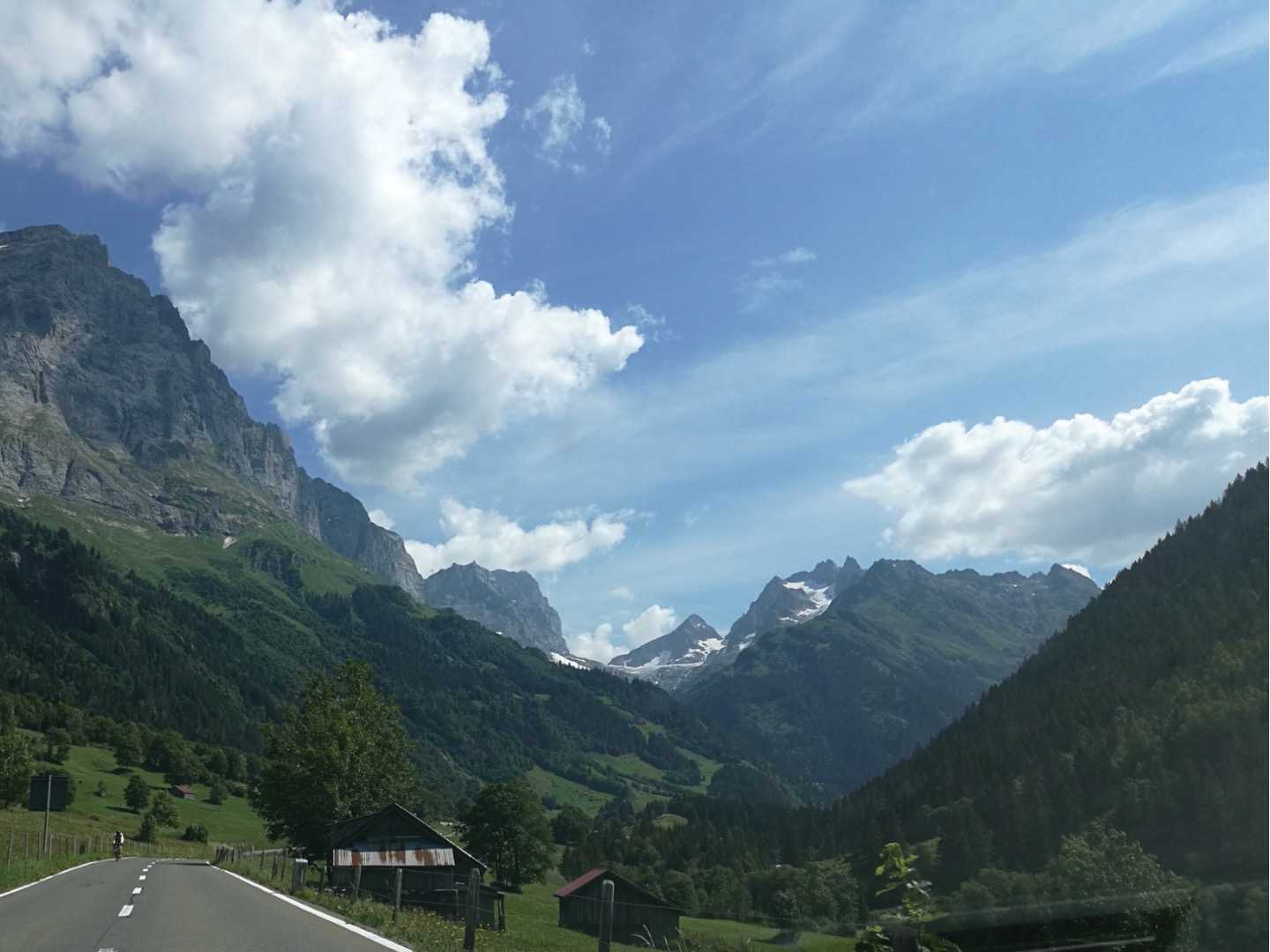
(Photo by Iain Duff)
Since Brexit, your stay in the EU is now limited to 90 days within a 180-day period unless you have a visa to stay longer. It’s anticipated that the EU will introduce an electronic travel authorisation called ETIAS (European Travel Information and Authorisation System), which is likely to be similar to the USA visa waiver.
Passing through passport control on the way in and out of the UK may take longer using the non-EU lanes and you may be asked to show a return or onward ticket and proof that you have the funds to cover the trip.
Your passport must have at least six months validity and be less than 10 years old. When travelling to the Republic of Ireland your passport need only be valid for the length of your stay.
Once you enter the EU you can travel freely from country to country. Between most of the states there are no border posts as such and generally all you will see is a roadside sign to indicate that you have entered another country.
Taking your pet to Europe
Another impact of Brexit is that you can no longer use an EU pet passport issued in Great Britain for travel to an EU country.
Now, you will need an animal health certificate (AHC) and show proof of their microchip and rabies vaccination. Proof of tapeworm treatment is also required for animals travelling to Finland, Ireland, Norway and Northern Ireland.
The AHC must be obtained no more than 10 days before you travel and is valid for four months for EU travel and four months for re-entry to GB. For further information check out the gov.uk website.
FAQs
Can I use my electric hook-up cable on European campsites?
Most sites use the same electric hook-up cables as we do in the UK, but on some sites you will need an adaptor. These can be bought in advance for a few pounds.
What equipment do I need when driving in Europe?
Rules vary from country to country but make sure to have the following:
- Reflective jackets – Keep one reflective jacket for each passenger within the cab of the vehicle. These jackets enhance visibility in case of roadside emergencies
- Warning triangle – At least one warning triangle is compulsory in most European countries. In the event of a breakdown or accident, place the triangle on the road to alert other drivers
- Headlamp beam deflectors – In almost all European countries, they drive on the right-hand side of the road, so you'll need to either fit deflector stickers or manually adjust your headlamp beam. This is crucial for a right-hand drive vehicle to prevent you from dazzling oncoming drivers
- First aid kit – Compulsory in Austria, France and Germany but it makes sense to pack one, wherever you are going
Can I take a hired campervan abroad?
Usually, yes, but you will have to check with your hire company in advance and let them know where you are travelling to. You need to make sure your insurance is valid for your destination.
Final thoughts
Before setting off on your campervan adventure in Europe, ensure your vehicle is roadworthy and you are equipped with all the essential documents. Utilise aires for stopovers and book campsites in advance for longer stays during peak seasons.
Familiarise yourself with toll roads and environmental regulations. Adapting to right-hand driving and respecting speed limits enhance safety. Remember Brexit's impact on travel durations and pet requirements. Stay informed, plan meticulously, and embrace the freedom of the open road.
Expert motorhome advice to your door!
Why not subscribe to one of our fabulous magazines and get expert advice, travel ideas, technical help and all the latest news for your motorhome and your motorhome adventures!

Want to know more about MMM magazine?
Every month MMM has articles written by motorhomers who have been there and done it, from great UK and European (and further afield) tours, campsite reviews, owners' reports and DIY projects among other things.
MMM's tests, reviews and expert buying guides are not to be missed. MMM's technical advice is a must and includes everything from weekend jobs to longer-term DIY projects. And much more!
About MMM magazine
Want to know more about What Motorhome magazine?
Every issue of What Motorhome magazine provides essential buying advice for anyone looking to buy a new motorhome or campervan or upgrade their existing model. With a pedigree of over 30 years of offering the best motorhome and campervan buying advice, every issue of What Motorhome includes more new motorhome and campervan reviews than you will find in any other magazine.
About What Motorhome
Want to know more about Campervan magazine?
Campervan is the exciting monthly magazine that will give you all the inspiration you need to explore the world in your campervan. Every issue is packed with real-life campervanning experiences, inspiring travel ideas in the UK and further afield, the best campsites to stay on, campervan road tests and reviews of the latest models, and much more!
About Campervan magazine







Recent Updates
How to get to the South of France for less (without using tolls)
Motorhoming through France can get expensive if you stick to the toll motorways, so take a look at this toll-free route to the south of France ...
Motorhome fridges: here's what you need to know
Keep your cool when buying a new motorhome fridge with this comprehensive guide to motorhome refrigerators, ...
Campervan festivals: all you need to know
Get the lowdown on going to a festival with your campervan. We've got everything you need to know, from ...
Off-grid campervans: what you need to know
Ditching electric hook-up and wild camping in your campervan is a great, low-cost way to enjoy the outdoors ...
Where and how to sell my motorhome: the ultimate guide
Whatever your reason for selling, there are a number of steps to take to try to get the best price for your ...
Gas tanks or refillable cylinders: our guide to motorhome gas
From cooking dinner to the central heating, gas is an essential feature of motorhoming – here, we explore ...
Engine management lights: all you need to know
What is the engine management light? What does it mean, and what do I have to do? ...
Motorhome air suspension: all you need to know
Motorhomes are heavy and the additional weight of equipment and height of the bodywork can increase the loads ...
Motorhome WiFi: how to get better motorhome internet
Staying connected on the move is more and more essential, so relying on campsite WiFi isn't an option – here ...
A class of their own - our guide to A-class motorhomes
Thinking of trading up to an A-class, or even going straight to the top of the motorhome tree? We guide you ...
Other Articles
Explore overseas on a motorhome dream tour
Enjoy exotic travel in a campervan or motorhome by hiring, swapping with someone else or exporting your vehicle to another country – this is our ...
Motorhome water systems: everything you need to know
On-board water is an important part of every motorhome – here’s everything you need to know ...
Campervan security: all you need to know
With thefts on the increase, it’s important to know how to keep your campervan secure and prevent campervan ...
Campervan furniture: everything you need to know
Our campervan experts guide you through all the essentials for your campervan, including tables, chairs, ...
Campervan finance: how to fund your purchase
Here we look at the different types of campervan finance available, to help you decide what’s the best option ...
Britain’s best used motorhomes
Want a great motorhome without paying the premium for a new one? Here's a guide to the best you can get in ...
Which motorhome? Choosing the perfect motorhome for you
Choosing a motorhome or campervan is one of the biggest buying decisions you’ll ever make, so it's important ...
Campervan washroom essentials: stay fresh on the road
Our guide will take you through the campervan washroom essentials you'll need so you're well-prepared for ...
Dogs in campervans: all you need to know
Follow our advice and your dog will enjoy campervanning as much as you do ...
Electric campervans: all you need to know
Our guide will take you through everything you need to know about electric campervans and what the future ...